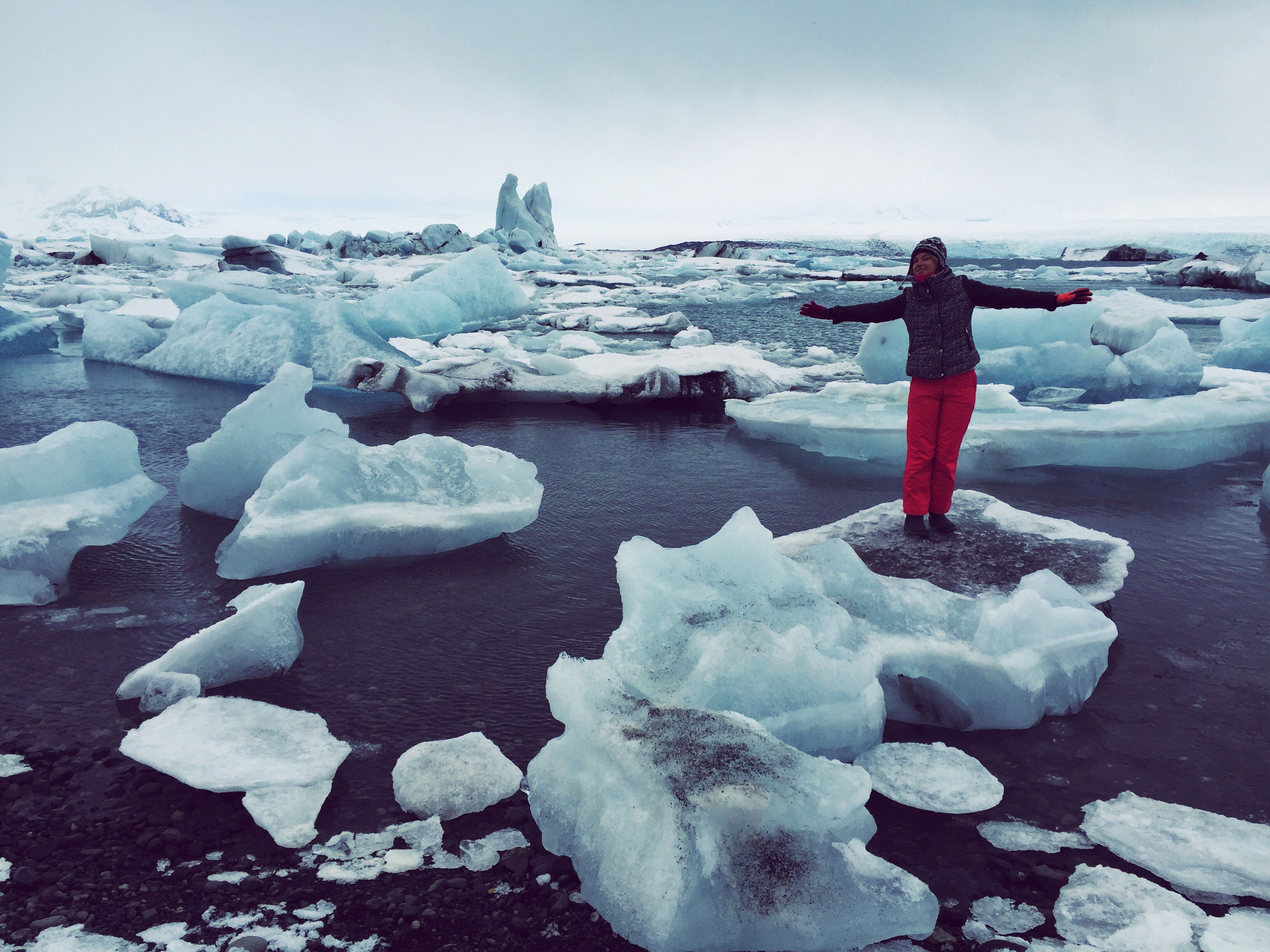Glaciology and Climate: Melting Glaciers and Polar Science in 2025
Introduction
Glaciology, the study of ice in all its forms, has become a frontline sentinel in the climate crisis, revealing the stark realities of a warming world. In 2025, as polar regions bear the brunt of human-induced change, the science of melting glaciers and ice sheets paints a sobering portrait: In March, the Arctic sea ice reached its lowest maximum on record, Antarctic glaciers such as Hektoria retreated at unprecedented rates, and global sea levels drew closer to irreversible thresholds. The United Nations' designation of 2025 as the International Year of Glaciers' Preservation underscores the urgency, rallying global efforts to confront the loss of these frozen giants that regulate climate, support ecosystems, and buffer coastlines.
This exploration bridges glaciology and climate science, dissecting the mechanisms of polar melt, recent breakthroughs in monitoring and modeling, ecological and societal impacts, and forward-looking strategies for mitigation. From the fragile floes of Svalbard to the vast Thwaites "Doomsday Glacier," 2025's data demands action—glaciers aren't just receding; they're reshaping our future.
The Foundations of Glaciology: Ice in a Changing Climate
Glaciology examines the physics, chemistry, and dynamics of ice, from alpine crevasses to continental sheets spanning Antarctica's 14 million square kilometers. Polar ice—Arctic sea ice (frozen ocean surface) and Antarctic land-based sheets—acts as Earth's thermostat, reflecting 80% of sunlight via high albedo and driving ocean currents that distribute heat. Climate change disrupts this: Greenhouse gases trap heat, raising global temperatures 1.2°C since pre-industrial times, but polar amplification doubles that to 2.4°C in the Arctic.
Melting occurs via surface ablation (summer melt) and basal lubrication (warm ocean water undercutting shelves). Sea ice, vital for polar bears and algae blooms, reached a record-low winter maximum of 14.3 million square kilometers in March 2025, per NSIDC—0.8 standard deviations below the 1979-2024 trend. Antarctic ice shelves, like Hektoria-Greenland's, thinned 50% in two months this year, the fastest retreat in modern records, exposing grounding lines to warmer waters and accelerating flow. These dynamics aren't isolated: They amplify feedback loops, such as albedo loss (dark ocean absorbs more heat) and methane release from thawing permafrost, potentially adding 0.3°C by 2100.
2025's Alarming Polar Melt: Arctic and Antarctic Highlights
The poles serve as indicators of climate change, and the data from 2025 is alarming. Arctic sea ice, already shrinking 13% per decade, set a new low maximum in March, with September's minimum projected at 3.5 million square kilometers—20% below 2024. NASA's visualizations show a two-year melt (2023-2025) equivalent to Texas-sized losses, driven by ocean heat uptake. Svalbard's winter thaw, warming at 6-7 times the global rate, has scientists witnessing unprecedented midwinter melts, per Phys.org.
Antarctica fares no better: East Antarctica, long considered stable, now shows overlooked melting, skewing sea level projections upward by 10–20 cm by 2100, per UNSW research. Hektoria Glacier's two-month 50% retreat, documented by CNN, exemplifies this, with 8 km of ice lost, contributing to 1.5 mm of annual sea rise. The Thwaites Glacier, holding enough ice for 65 cm of rise, risks total collapse by the 2030s, per models, while West Antarctica's ice shelves are collapsing faster than anticipated.
Surprises: A Guardian report notes Arctic melt slowdown over 20 years, but experts warn it's temporary—underlying trends persist. Overall, 2025's polar losses—5% of glacier mass since 2000—signal tipping points, with irreversible commitments baked in.

Impacts of Melting Glaciers: Ecosystems, Sea Levels, and Human Societies
Glacier melt cascades across systems. Ecologically, Arctic amplification disrupts food webs: Polar bears, reliant on sea ice for seals, face 30% population declines by 2050, per WWF, while algal blooms under ice support 20% of ocean productivity—disrupted by open water. Antarctic krill, which feed whales and penguins, dwindle 80% in warming waters, per Nature.
Sea levels: Greenland and Antarctica hold 70 m of potential rise; 2025's melt added 1.2 mm, per NASA, with Hektoria's retreat alone contributing 0.1 mm annually. Low-lying nations like Bangladesh face 20 million displaced by 2050; U.S. coasts lose $106 billion in property by 2050, per the Union of Concerned Scientists.
Societally: Indigenous Arctic communities lose traditional hunting grounds, while melting permafrost destabilizes infrastructure—Alaska's $4 billion annual repair costs. Positive? New shipping routes open, but at an ecological cost.
Research Breakthroughs: Monitoring and Modeling in 2025
2025's glaciology advances leverage AI and remote sensing. UNSW's overlooked East Antarctic melt study used satellite altimetry to detect 10% faster thinning, skewing projections upward. NASA's ABoVE campaign mapped Arctic thaw's carbon release, estimating 1.7 GtCO₂-equivalent annually—equivalent to 10% of U.S. emissions.
Modeling: A Science Advances paper simulated Southern Ocean salinification from meltwater, accelerating basal warming and ice loss by 20–30% beyond prior estimates. High-tech geoengineering, like reflective aerosols, fails in models—per Modern Sciences—exacerbating melt via altered precipitation. Citizen science via apps like GLOBE Observer crowdsources melt data, improving models 15% in remote areas.
Global Conservation Efforts: The International Year of Glaciers' Preservation
2025's UN-designated Year spotlights action: UNESCO's program funds glacier monitoring in 20 countries, including Bolivia's Chacaltaya, now a "ghost" at 30m from 2009. Initiatives: ICIMOD's Hindu Kush melt modeling for water security, affecting 240 million; the EU's Copernicus satellites track 1,000+ glaciers with 1 m resolution.
Local: Greenland's Ilulissat Declaration protects fjords; Antarctica's CCAMLR bans mining. Challenges: Funding—only 1% of climate aid targets cryosphere.
Conclusion
Glaciology in 2025 unveils a polar crisis—Arctic lows and Antarctic retreats like Hektoria's—driving sea rise and ecosystem collapse, yet breakthroughs in AI modeling and conservation offer hope. As the International Year underscores, time is glacial but ticking. Act now: Reduce emissions, support protections—our frozen guardians depend on it.